Inside: The Brand Gap
By Martin Neumeier
The Brand Gap is a quick read of content scattered with illustrative images in between text content. The tone of this book is a lively, story-like and exciting, while the information is gold.
What is a Brand
Logo is a symbol for a brand and not a brand itself. Brand is more like an identity with which their customers and users can differentiate it from every other company in the marketplace. And design and marketing enhances this identity's power for building trust with their customer-base, while having an edge over competition in business. How to measure a brand, you ask? Design validation and Sales assessment are the quantifying metrics which can give you a glimpse of the company's growth as a brand, while there are many more metrics which can give numbers and figures for a scale factor.
There is something called a charismatic brand, enter Amazon, Google, Apple, Microsoft, Samsung, Facebook and many more top-tier brands. These brands ensured that the customers know that they are present and differentiated their products from the competitors in their fields. Growing a brand is not simple and a company has to tap into the customer's emotions so that it fulfills the customer's wishes and even makes the customer believe that the brand is their to ensure this trust and delivers a functional product(s).
So, the name of your brand is important as well. It should have seven main criteria for seeming authentic and pop up in a customer's memory when they have gotten acquainted to you.
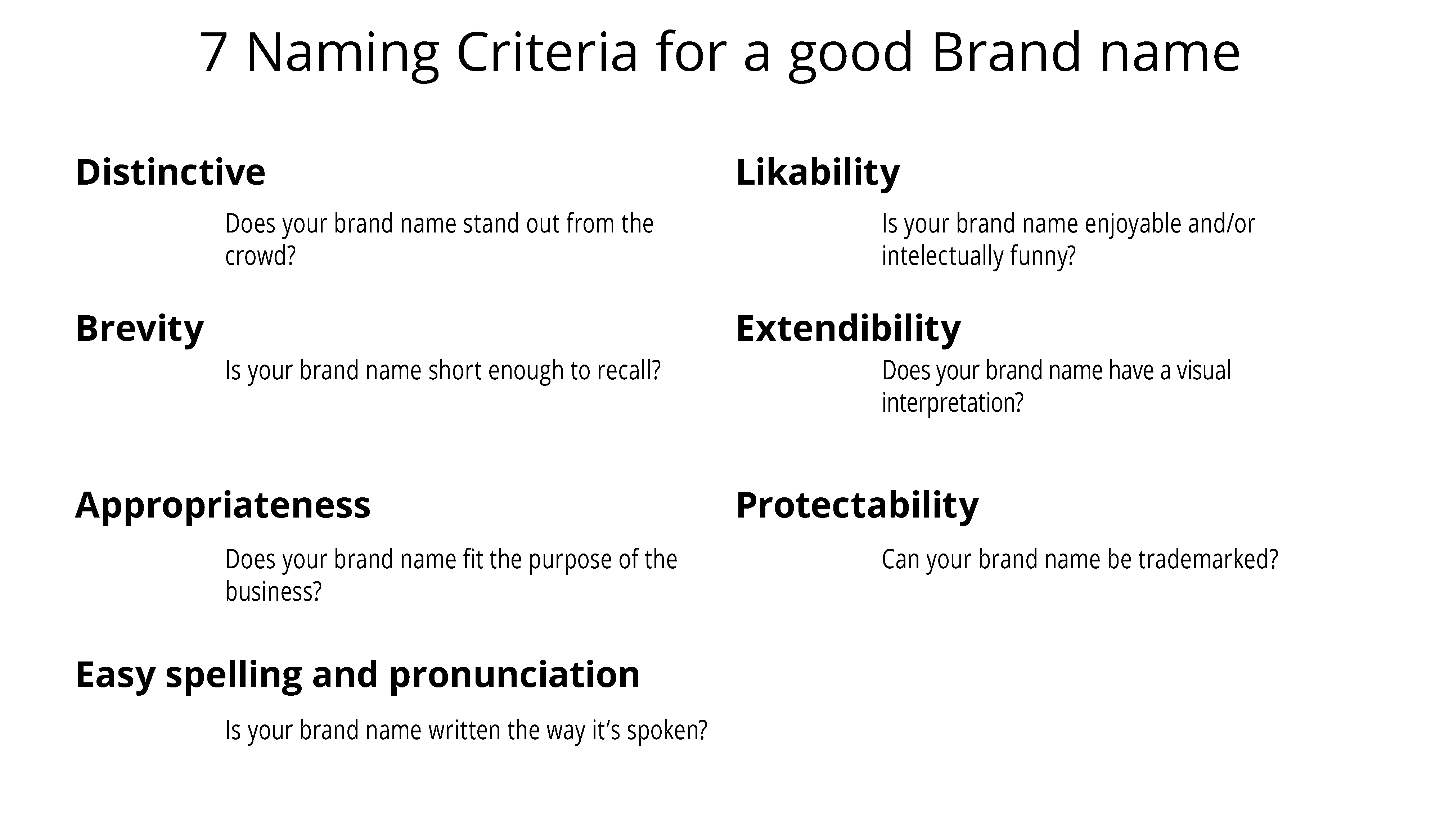
Then, there are five rules that should be followed for growth of a brand, which can make or break your business.
01
Differentiate
Human brain is hardwired to differentiate things to make visual information meaningful. Differentiation is a core principle in brand development. So very important differentiating factor is the meaning of the brand itself.
Who are you? What do you do? Why does it matter?
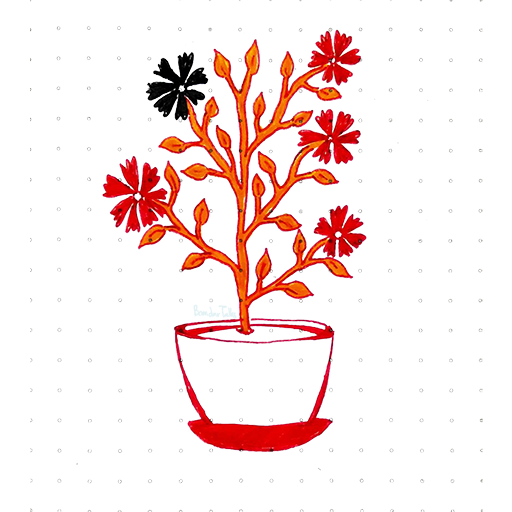
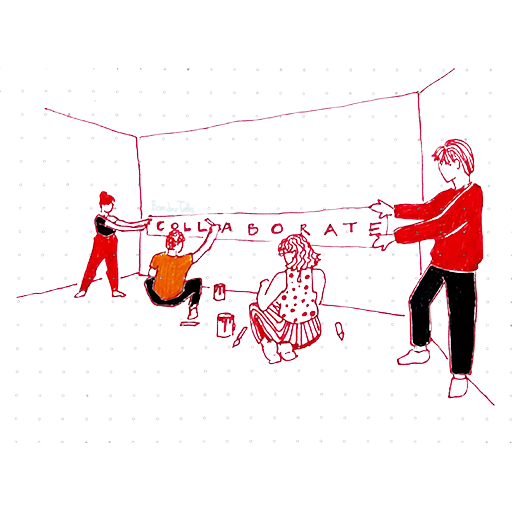
02
Collaborate
Since, humans are social animal, it's logical that brands can't survive in isolation. Collaborations with other brands for marketing, research or design gives that support required for survival of a brand. Think of it like your own family, you support and build networks through family and this family can be personal or professional. Though, cross-brand collaborations need to be supervised meticulously as every brand has their own status quo.
Some brands have an integrated marketing team which ensures that this dissonance between client and company matches well to portray the brand message in its own effect.
03
Innovation
It's more like you won't learn to swim unless you're thrown into the pool, though having a pair of floaters ensures that you won't drown. Similarly, innovation is not creativity alone as unless there is strong backing by clarity, reasoning and whether a customer can understand the brand. However, brand and branding are more like a story, which has the same old structure but you get touched by few of the well-rendered stories.
One of the ways to innovate is to look all around and you might find answers in the most neglected places for innovating a company's desirability. It could be packaging, industrial design, marketing media or even something as simple as a stream of communication. Like, small businesses now, make use of social media for marketing campaigns and generating awareness in their potential customers, now since it's a norm, you'll have to pivot for innovation.
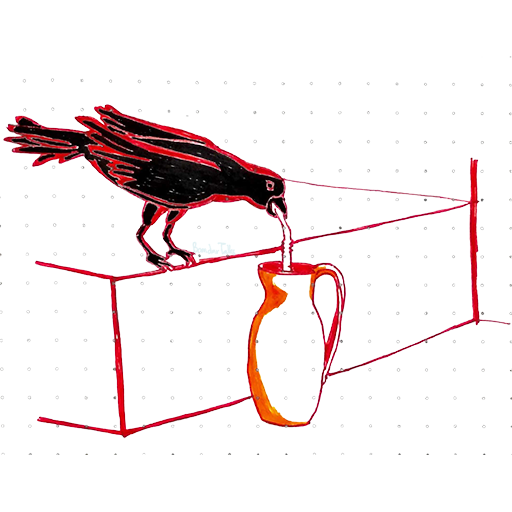

04
Validation
Every thing requires validation and approval by the user for its survival, so your company can exercise with a recruited customer base of up to 10 candidates for checking your brand's effect on the customers. Asking questions like what kind of promises can be expected from a certain company X providing Y types of goods, and cross-referencing with a Why to ensure that you know the internal reasons of your potential customer, can give leads for improvement or innovation. This exercise can even help you in generating a tagline for your brand.
The validation step can be used to test 5 communication aspects of your brand which are distinctiveness from other competitors, relevance to its goals, memorability in the customers mind, extendibility across different media, culture and depth of communication with the levels of customers who can be new or loyal.
05
Cultivation
Business is a process and not an entity. Successful businesses adapt to changes in marketplace, industry, economy and culture, so much so like a living organism. This living brand is a collaborative performance and not based only on a few people at top-tier.
"Branding is a process that can be studied, analyzed, learned, taught, replicated, and managed. It’s the Chief Brand Officer’s job to document and disseminate brand knowledge, and to transfer it whole to each new manager and collaborator." [The Brand Gap- Martin Neumeier]
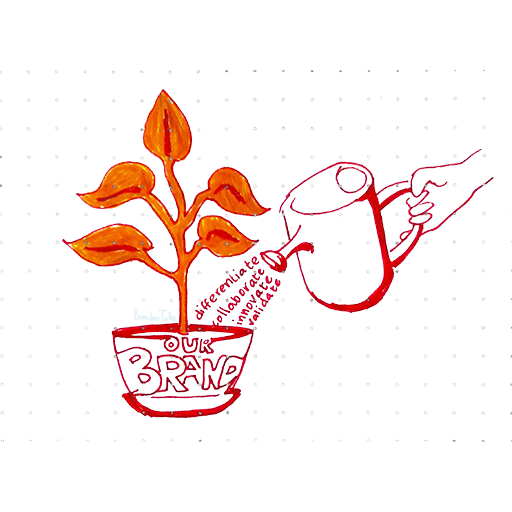
And, we'd be happy to receive any possible recommendation, comments or tips on ask.bandartalks@gmail.com so we can all benefit from the knowledge.
Designed and Developed by Priyanka Hansda | Envisioned by Ojasv Apurv
